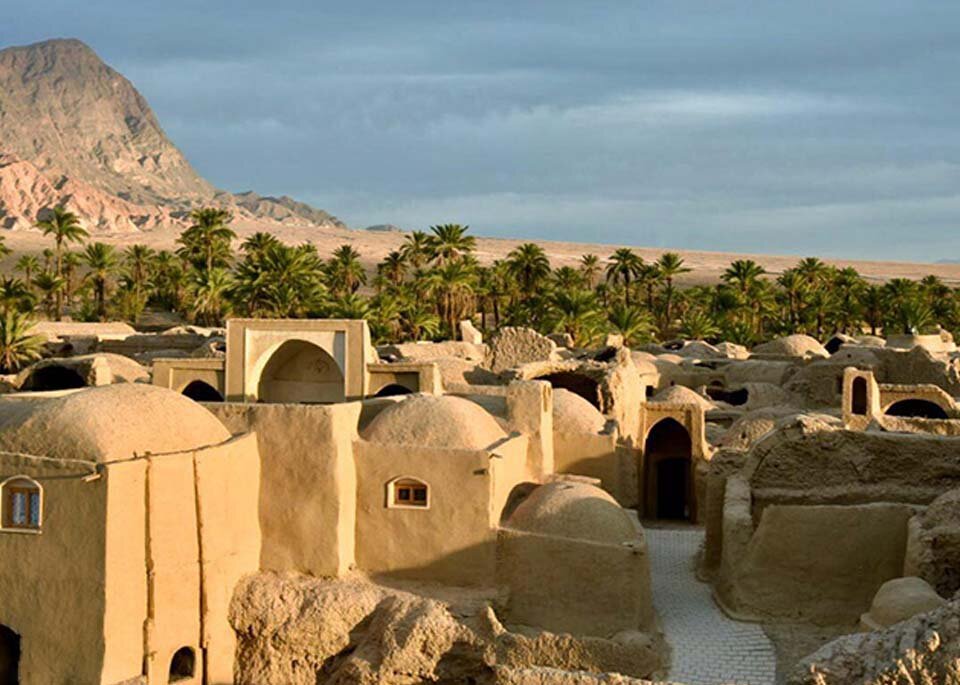Esfahak village gains UNESCO research chair for earth architecture

TEHRAN - The village of Esfahak in South Khorasan province has been awarded one of UNESCO’s 34 prestigious research chairs, marking an achievement for the local and national cultural heritage and scientific communities.
The announcement was made by Mohammad Arab, head of the Cultural Heritage, Tourism, and Handicrafts Office of Tabas county, who confirmed that Esfahak has secured a seat on UNESCO’s Research Commission.
The distinction was granted in recognition of the village’s innovative work in earth architecture and its scientific contributions through the Esfahak Mud Center (E.M.C.), led by architect and researcher Pouya Khazaeli.
Esfahak, one of UN Tourism’s Best Tourism Villages, has drawn international attention for its sustainable reconstruction and architectural preservation efforts. The nomination dossier for global recognition included extensive scientific research conducted by the E.M.C., which played a key role in earning the UNESCO research seat.
“The awarding of this chair is not only a great honor for Esfahak and its people, but it also highlights the village's scientific and cultural potential on a global stage,” said Arab. “It reflects the dedication of the local community, especially its youth, and will help introduce Esfahak’s achievements to more specialized tourism audiences and researchers worldwide.”
UNESCO’s research chairs promote higher education and collaborative knowledge production across the globe in fields such as education, science, and culture. Each chair is established within a university or research institution for a renewable four-year term and must include a distinguished academic leader, researchers, faculty, and students working together in a specialized area of study.

Arab emphasized that Esfahak’s chair will focus on sustainable and traditional building practices, aiming to serve as a model for similar communities around the world while enhancing academic cooperation, knowledge sharing, and cultural tourism.
Last year, Esfahak was named one of the Best Tourism Villages for 2024 by UN Tourism. Moreover, the village won a TO-DO Award in 2020. The award is annually presented by the German Institute for Tourism and Development.
Severely damaged by the 1978 earthquake that struck Tabas, Esfahak was once deemed uninhabitable, with residents living in temporary tents. Later, they built makeshift wooden rooms, known as Otagh-e-Choobi (wooden rooms), as they began rebuilding their lives.
With a commitment to sustainability and cultural preservation, villagers re-established the community over the years, developing eco-lodges and restoring traditional homes using ancient adobe techniques.
Esfahak’s transformation into a cultural and eco-tourism destination has garnered attention for its unique architecture and sustainable practices, earning the village the prestigious Asia Architecture Award. Today, it attracts tourists from across the world, drawn to its picturesque adobe structures and commitment to preserving local identity.
Since 2021, the Best Tourism Villages initiative has aimed to promote sustainable tourism in rural areas, focusing on preserving natural landscapes, cultural heritage, and indigenous lifestyles, including gastronomy and local values.
AM
Leave a Comment